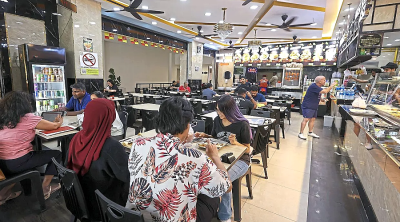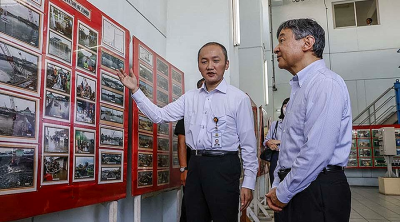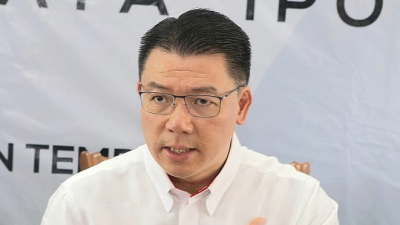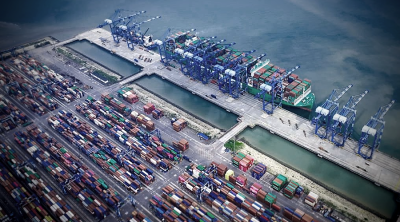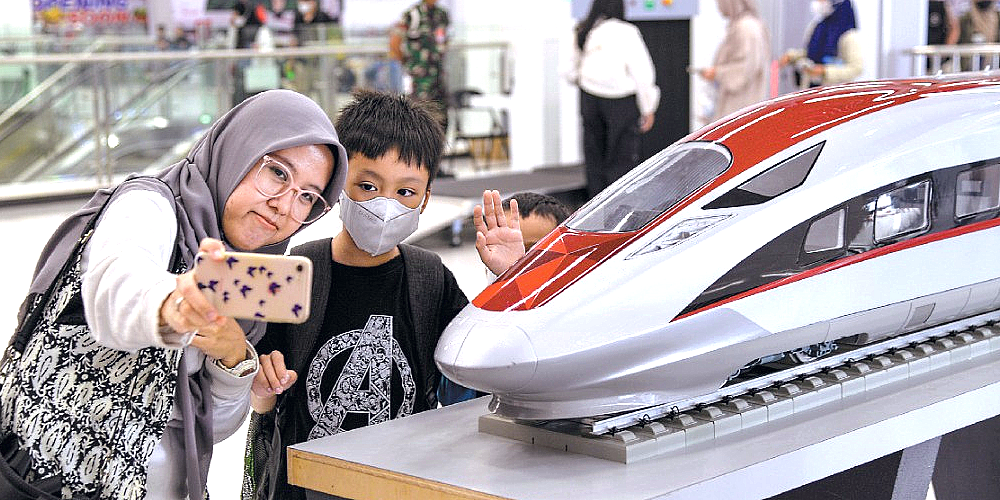
BEIJING: Geographical proximity, combined with cultural, economic and diplomatic ties, reinforces bond among neighbors.
Vianca Encarnacion believes that studying renewable energy engineering in China will allow her to help her home country, the Philippines, against climate change.
She was a survivor of super typhoon Haiyan 10 years ago and saw how it devastated her hometown, Tacloban city, in the central Leyte Province.
“I don’t want (that disaster) to happen again,” she said.
Encarnacion is one of 18 Filipino students who won a scholarship from Jiuquan Vocational Technical College in northwestern China’s Gansu province.
The scholarship was made possible with the efforts of veteran environmental activist Wang Xiaojun.
“We need to send young talent from climate vulnerable countries (such as the Philippines) to be educated and trained, so that they can actually build a more climate-resilient future for themselves,” said Wang, adding that China can provide such training because it is among the world’s biggest developers of clean energy.
The scholarship program is just one of the many examples on how Chinese and Filipino citizens have joined hands to solve a pressing global challenge.
More importantly, it shows how China and its nearest neighbors — Southeast Asian countries — have been building a community with a shared future for the past few years.
Experts said geographical proximity, combined with cultural, economic and diplomatic ties, has strengthened relations between China and the Association of Southeast Asian Nations.
“Community building in the ASEAN context is an endless process of understanding differences and similarities between ASEAN member states, stocktaking where our interests converge and diverge,” Muhammad Habib Abiyan Dzakwan, a researcher from the Jakarta-based Center for Strategic and International Studies, said.
He said China is a stockholder in ASEAN’s community-building efforts, noting how it has invested and helped ASEAN through the years.
He cited China’s accession to the Treaty of Amity and Cooperation in Southeast Asia, or TAC, on Oct 8, 2003.
This made China the first among major countries to join the treaty and establish a strategic partnership with ASEAN.
By acceding to the TAC, China has elevated the value of the treaty as the “rule of the game” in the community-building process, Dzakwan said.
China has also sent a signal to other ASEAN dialogue partners that the TAC is valuable and credible, encouraging them to accede to it as well, he added.
The TAC, launched in 1976, aims to uphold the principles of peaceful coexistence and friendly cooperation among ASEAN members.
In a forum held in Jakarta to mark the 20th anniversary of China’s accession to the TAC, Hou Yanqi, Chinese ambassador to ASEAN, said in her closing remarks that it is “even more crucial to carry forward the spirit of the TAC today.”
“We should firmly support ASEAN community building and its greater role in regional and international affairs instead of treating us as an arena for major power rivalry or forcing ASEAN to take sides,” Hou said.
Korn Dabbaransi, former deputy prime minister of Thailand and current president of the Thai-Chinese Friendship Association, said the TAC is ASEAN’s first legally binding instrument that stipulates universal principles on interstate relations and has served as a guide for ASEAN-China relations that are based on mutual trust, mutual respect and mutual benefit.
The treaty provides a “stable foundation upon which a closer ASEAN-China community with a shared future can be built,” Korn told China Daily.
The TAC serves as a code of conduct to enhance cooperation among peace-loving nations both within and outside ASEAN for maintaining regional peace and stability.
Beyond the TAC, Korn said relations between both sides have been enhanced by their decision to elevate bilateral ties to a comprehensive strategic partnership in 2021.
“The (comprehensive strategic partnership) has also contributed to the building of ASEAN Community and a wider region which is open, inclusive and sustainable,” he said.
Under the comprehensive strategic partnership, ASEAN and China have reaffirmed the importance of maintaining ASEAN centrality in the evolving regional architecture; their mutual respect for each other’s independence, sovereignty and territorial integrity; and their commitment to the open, free, inclusive, transparent and non-discriminatory rules-based multilateral trading system.
ADVERTISEMENT
ADVERTISEMENT







